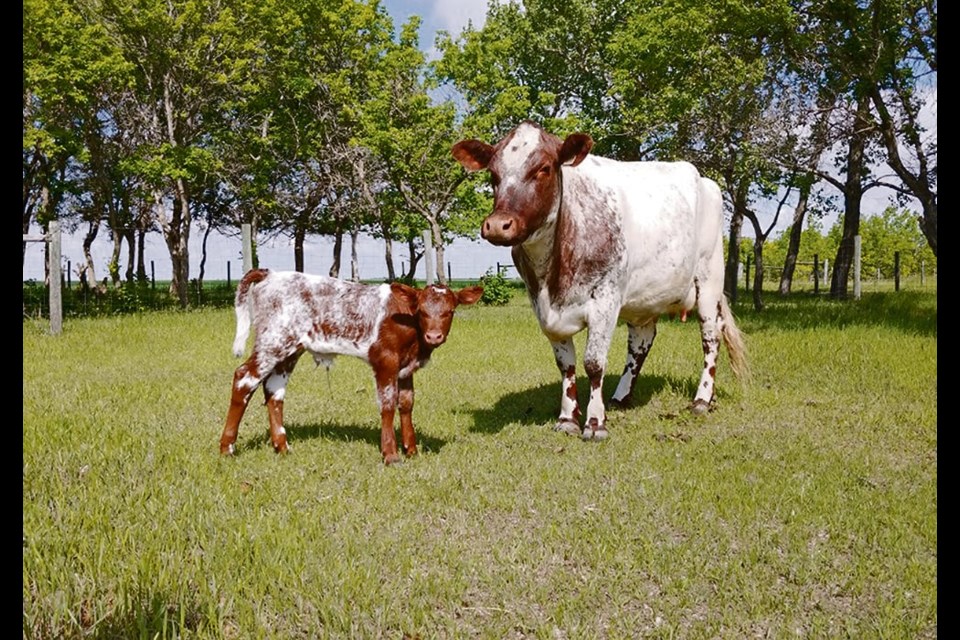WESTERN PRODUCER — Rebecca Lange, president of Heritage Livestock Canada, is all-too-familiar with the adage, “if it works, it’s line breeding. If it doesn’t, it’s inbreeding.”
“Genetic diversity is our biggest challenge,” she says.
Lange says her organization connects breeders worldwide to help them bring in new genetics, including semen, embryos or live animals.
“We rely on producers and breeders to take the initiative and let us know what their needs are,” says Lange.
Currently, breeders in Canada and the United States are working with the conservation organization to import semen for a list of endangered sheep from the United Kingdom.
Some might question why producers should care if some of these ancient breeds disappear.
“Climate change,” says Lange.
Many modern breeds — whether cattle, sheep or goats — have been selectively bred for production output, and those changes, in some cases, have led to expensive feed requirements to support them.
“As people become more aware of climate change, we start to think about resilience,” says Lange. “There are quite a number of cattle breeds that will be able to thrive on a lower quality of forage, for instance.”
For other species, their significance to human movement and survival around the world makes them walking time capsules, a present-day connection to another time.
“Longwool sheep,” says Lange. “They are living, historical monuments, entwined with human history.”
Breeds like the Cotswold, currently listed as “endangered” on the HLC website, have been in the U.K. since the Romans and in Canada since the 19th century. Like many heritage breeds, Cotswold numbers declined as markets changed and began to favour faster growing animals.
In some cases, the conservation status of a species extends past Canadian borders. In the case of the dwindling number of Lincoln Longwool sheep, HLC is looking for producers in Canada willing to take some of the semen straws the organization has in storage. Promoting the breed in Canada may be the best option, says Lange. Stable populations in other countries serve as a type of insurance policy.
“There are 800 Lincolns left in the U.K.,” says Lange. “Most of them in Lincolnshire. The worst-case scenario is a disease outbreak…. You could lose all of them.”
HLC also prioritizes education and exposure, in addition to its conservation role.
Once a highly valued dairy animal, the small-scale Kerry cow has virtually disappeared from the Canadian landscape.
“There are 15 Kerry cows in Canada,” Lange says. “All of them trace back to the original herd book with no cross-breeding.”
When two of these rare cows were destined for slaughter after a herd dispersal in Saskatchewan, HLC found new homes for them with a breeder in Prince Edward Island. Losing even two individuals is too great a risk in such a small population, says Lange.
It is a similar story for other livestock species. From milk cows to sheep to goats to pigs, animals that once filled barns and pastures of mixed farms across Canada have gradually dwindled.
In the case of the Milking Dairy Shorthorn, just 10 purebred animals remain. Lange says the day may soon come when they are extinct.
She noted breed profiles, conservation lists, breeder directories and events are all listed on the HLC website and Facebook page.
“We try to treat all (livestock species) the same,” says Lange.
“Cattle and poultry are quite popular. Pigs struggle the most.
“All of these breeds have value in one way or another.”




